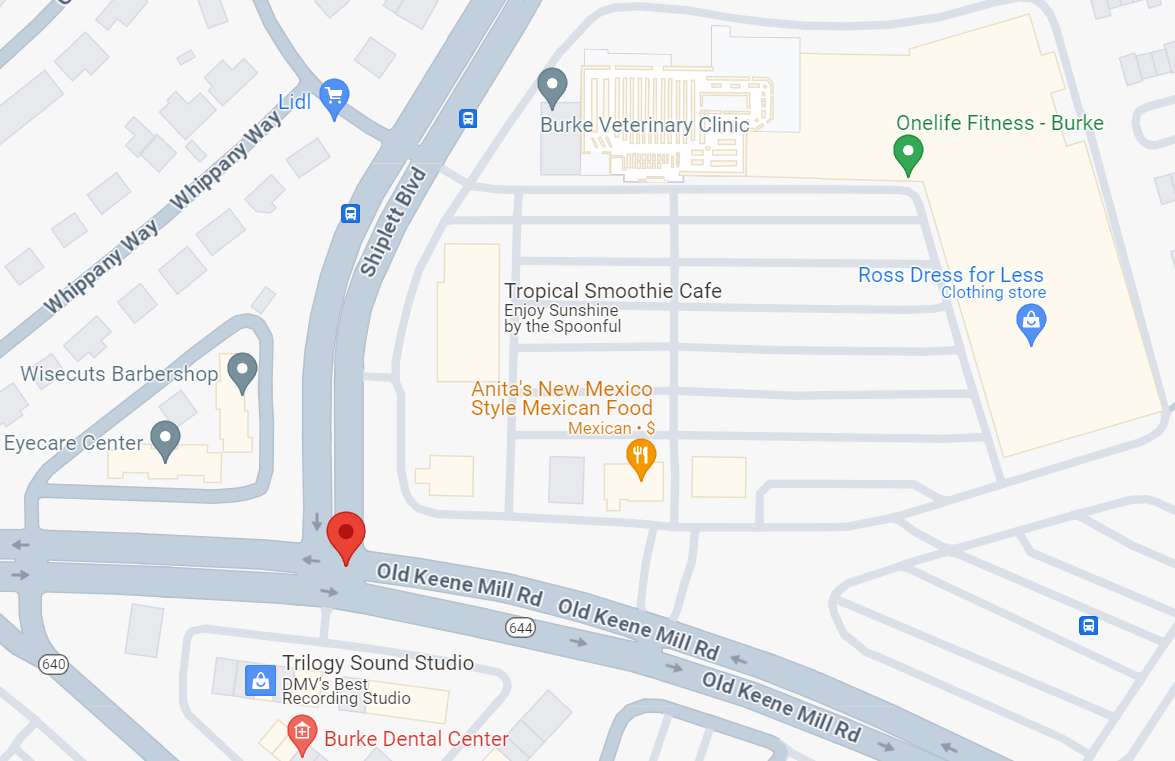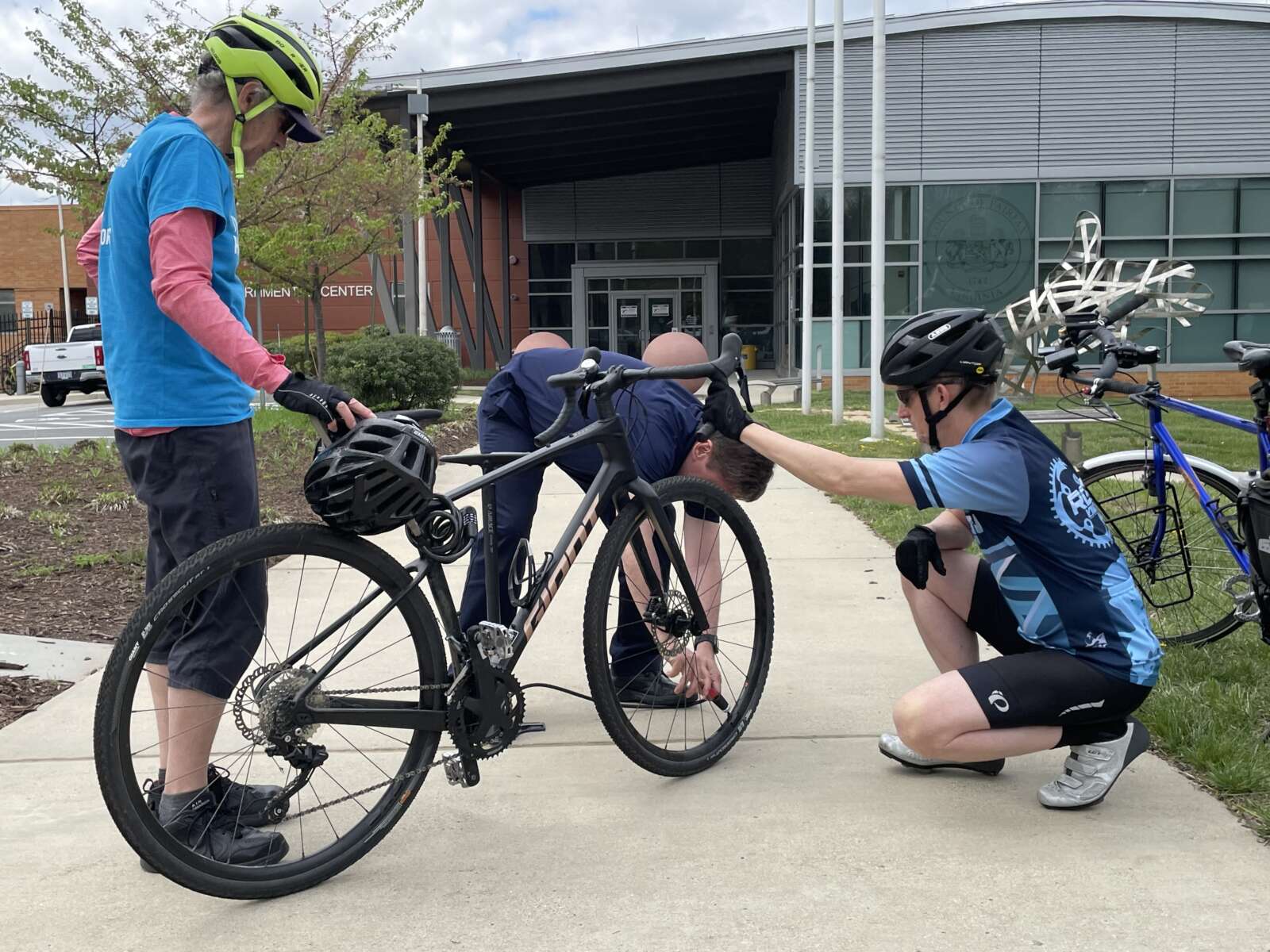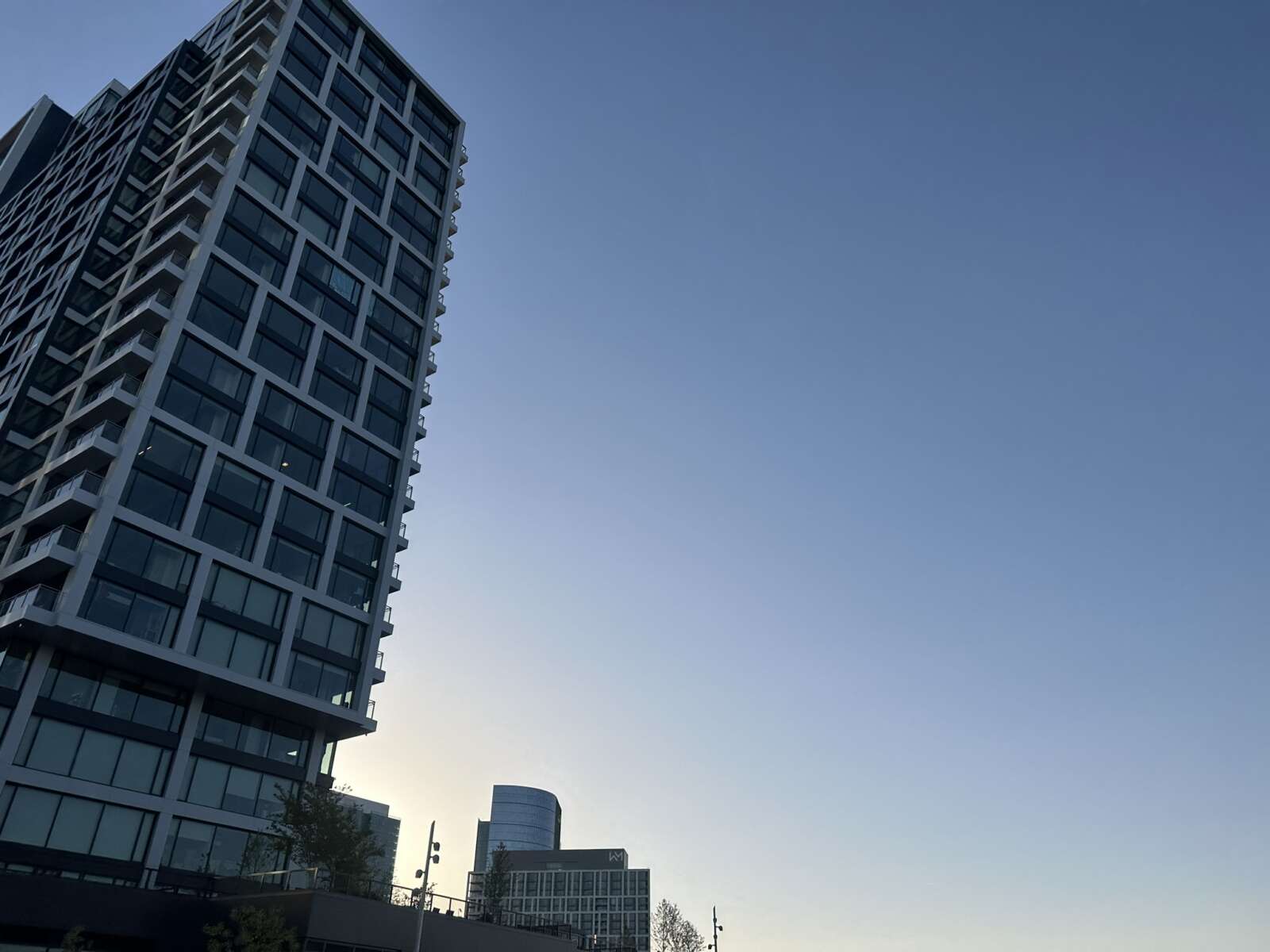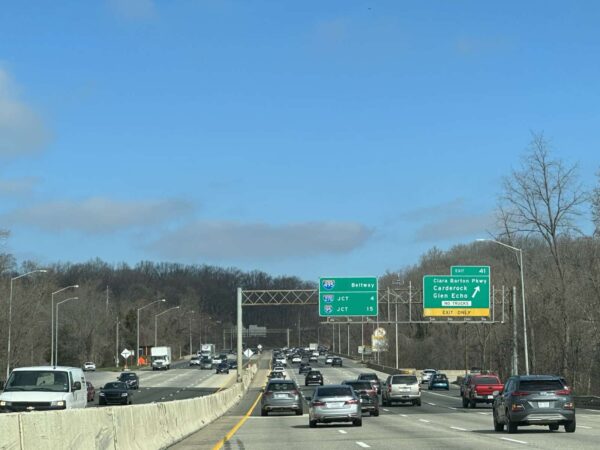
If you find trips on the Capital Beltway into Maryland nightmarish now, imagine what they would be like without any transit options.
That’s the scenario posed by the Northern Virginia Transportation Commission (NVTC) in a new study on the value of the region’s transit network, including Metro, local bus services like Fairfax Connector and the Virginia Railway Express (VRE).
Released today (Thursday), the study found that the American Legion Bridge — the only direct link between Fairfax County and Maryland — would need to carry 24,653 or 8.2% more vehicles per day in 2025 if there was no transit (325,619 vehicles) compared to the projected traffic volume with transit (300,965 vehicles).
The other bridges across the Potomac River would see even bigger differences, led by a 39.2% increase on the Arlington Memorial Bridge.
“These bridges are congested today, and congestion will increase in the future. Without transit, however, the capacity constraint on the bridges would be substantially greater,” the study report says.
The report notes that rush-hour traffic on all of the Potomac crossings is projected to exceed capacity in 2025 regardless of transit availability. The American Legion Bridge would exceed capacity by 3,651 vehicles under the “base” conditions and by 7,379 vehicles under the “no transit” scenario — a 102% difference.
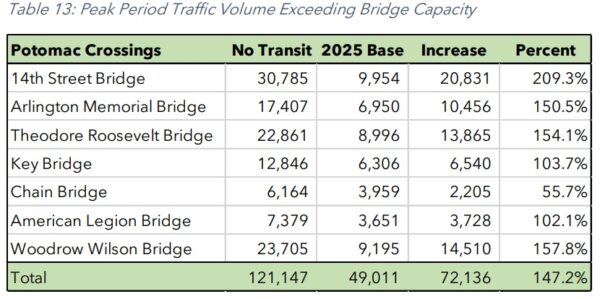
Construction is underway to widen the Capital Beltway (I-495) by adding two toll lanes in each direction from the Dulles Toll Road to just south of the American Legion Bridge. The Virginia Department of Transportation has forecast that the 495 NEXT project will move approximately 2,500 more people per hour in both directions, starting in 2025.
However, Maryland’s plans to replace and expand the bridge remain in limbo following the exit of its private partner. Replacing the American Legion Bridge would allow the Beltway to move 5,400 more people an hour, VDOT has said, but the endeavor will cost an estimated $1 billion.
According to an NVTC spokesperson, the study’s calculations incorporated the 495 NEXT project, but it didn’t include the possibility of future bus service between Tysons and Bethesda, as proposed by both Fairfax Connector and Metro.
“Our study evaluated the difference between what’s currently planned for 2025 and a scenario in which all transit in Northern Virginia is removed,” NVTC said. “That means the proposed future route from Tysons to Bethesda, using the American Legion Bridge, was not included since it won’t be in service by then.”
Widening the Potomac crossings without also providing transit “is not a viable scenario,” NVTC says in its report, noting that the low-income households most dependent on transit “would likely not be able to live in Northern Virginia without” it.
“Even with planned capacity improvements, the region would not be able to accommodate the number of households and employment numbers currently forecasted for 2025,” the report said.
According to the report, NVTC projects that 193,558 transit trips will be made from Fairfax County, including the cities of Fairfax and Falls Church, in 2025. About 72% will be taken by households earning $100,000 or less.
Overall, the county would see 122,918 more vehicle trips without transit, a 4.7% increase. The impact would be widespread for outgoing trips, but trips coming into Northern Virginia would be concentrated around employment centers, including Tysons and the I-66 corridor as well as Reston and Herndon along the Dulles Toll Road.
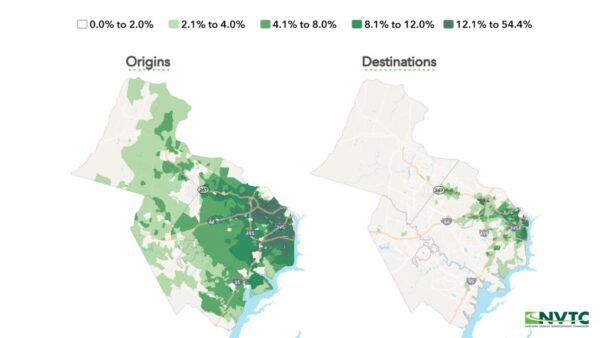
Transit generates $1.5 billion in annual personal income and sales tax revenue for Virginia, about $1 billion of which can be attributed to Metro, according to NVTC, but ridership for all of Northern Virginia’s systems is still below pre-pandemic levels.
Fairfax Connector had just under 5.2 million riders in fiscal year 2022, which ended June 30, 2022. That’s 62% of the riders seen in FY 2019 and just 53% of the 9.7 million riders reported in FY 2015.
Metro usage in Virginia is even lower, with buses sitting at 56% of FY 2019 levels and rail at 33%.
The region saw a total of 52.3 million transit riders in FY 2022 — 40% of the nearly 130.9 million seen in FY 2019 and 33% of the 158.2 million riders in FY 2015.
NVTC says it used 2025 as the target date for its study to take into account “the impacts of a post-pandemic travel environment.”
The Value of Northern Virginia’s Transit Network to the Commonwealth Study will be presented at the NVTC’s commission meeting at 7 p.m. today.
Recent Stories
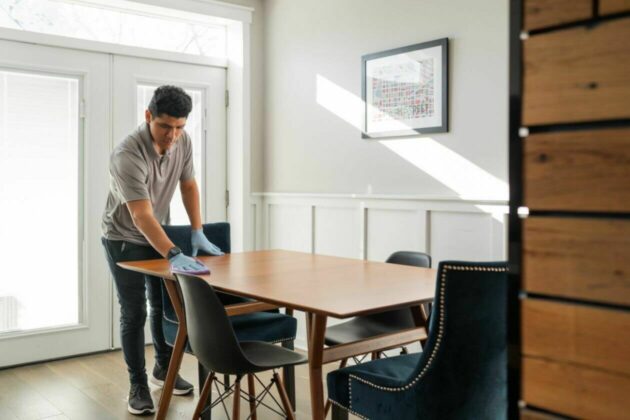
For many remote workers, a messy home is distracting.
You’re getting pulled into meetings, and your unread emails keep ticking up. But you can’t focus because pet hair tumbleweeds keep floating across the floor, your desk has a fine layer of dust and you keep your video off in meetings so no one sees the chaos behind you.
It’s no secret a dirty home is distracting and even adds stress to your life. And who has the energy to clean after work? That’s why it’s smart to enlist the help of professionals, like Well-Paid Maids.

Still planning for summer camps? Check out the great variety of art projects and fun teachers at Art House 7 in Arlington. We have morning, midday, and afternoon weekly camps for ages 5-13. Among our themes: Clay Creations; Animals Around the World; Arts & Crafts; Draw, Paint & Sculpt Faces & Animals; Drawing & Printmaking. We’ve recently added PaperPalooza (paper making and bookmaking) and Jewelry camps. You can see all our listings on our website.
Art House 7 has been a haven for artists of all ages since 2015, offering classes, camps, and workshops. We’re located on Langston Blvd. near the Lee Harrison Shopping Center. We have an ample 2-story studio, and plenty of free parking.
Weekly camps at Art House 7
– June 17-Aug. 9
– Camp times: 9-11am, 11am-2pm, 2:30-4:30pm
– Ages 5-13
Pedal with Petals Family Bike Ride
Join us on Saturday, May 11th and ride into spring during our Pedal with Petals Family Bike Ride. Back for its second year, Pedal with Petals is going to be bigger than ever. This year’s event will include both an
Encore Creativity for Older Adults at Capital One Hall
Encore Creativity for Older Adults is pleased to raise the curtain and welcome community members to its spring concert at Capital One Hall in Tysons, VA on May 4, 2024. The concert, which starts at 3 PM, will bring hundreds


